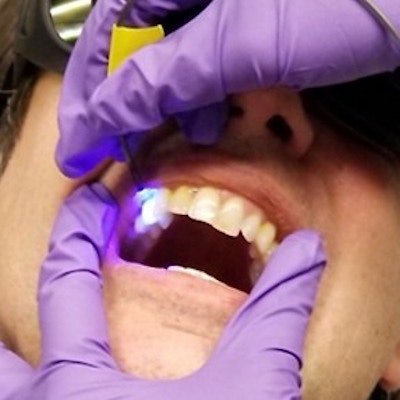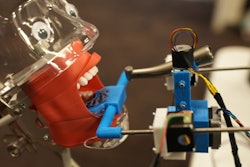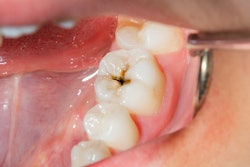
The University of Washington revealed its optical pH-monitoring prototype, tested in a study published February 23 in IEEE Transactions on Biomedical Engineering. The prototype uses a low-power light system to monitor reactions with a florescent dye solution to find where tooth enamel is most at risk from plaque acidity.
Researchers tested the noninvasive prototype on 30 pediatric patients between the ages of 10 and 18. They said that pediatric patients were chosen because the enamel on their teeth is thinner than that of adults. Second- and third-year dentistry school students used the device with faculty supervision.
The prototype comprises a probe at the end of a length of cord. While dye is applied to teeth, the probe hovers over the surface of the teeth. The probe transmits and collects light, which travels back to a central box that provides a pH reading.
 The O-pH monitoring prototype. Image courtesy of the University of Washington.
The O-pH monitoring prototype. Image courtesy of the University of Washington.Researchers read the conditions of the patients' teeth several times before and after sugar rinses, as well as before and after a professional dental cleaning.
The team found significant differences between the postcleaning and precleaning group using drop pH and differential pH. They also found that the rest and drop pH in the precleaning group was lower at the caries surfaces compared to healthy surfaces. The researchers did not observe similar trends in the postcleaning group (IEEE Transactions on Biomedical Engineering, February 23, 2002).
The team noted that this work presents a "pioneering" study for noninvasively measuring the pH of oral biofilm clinically.



















